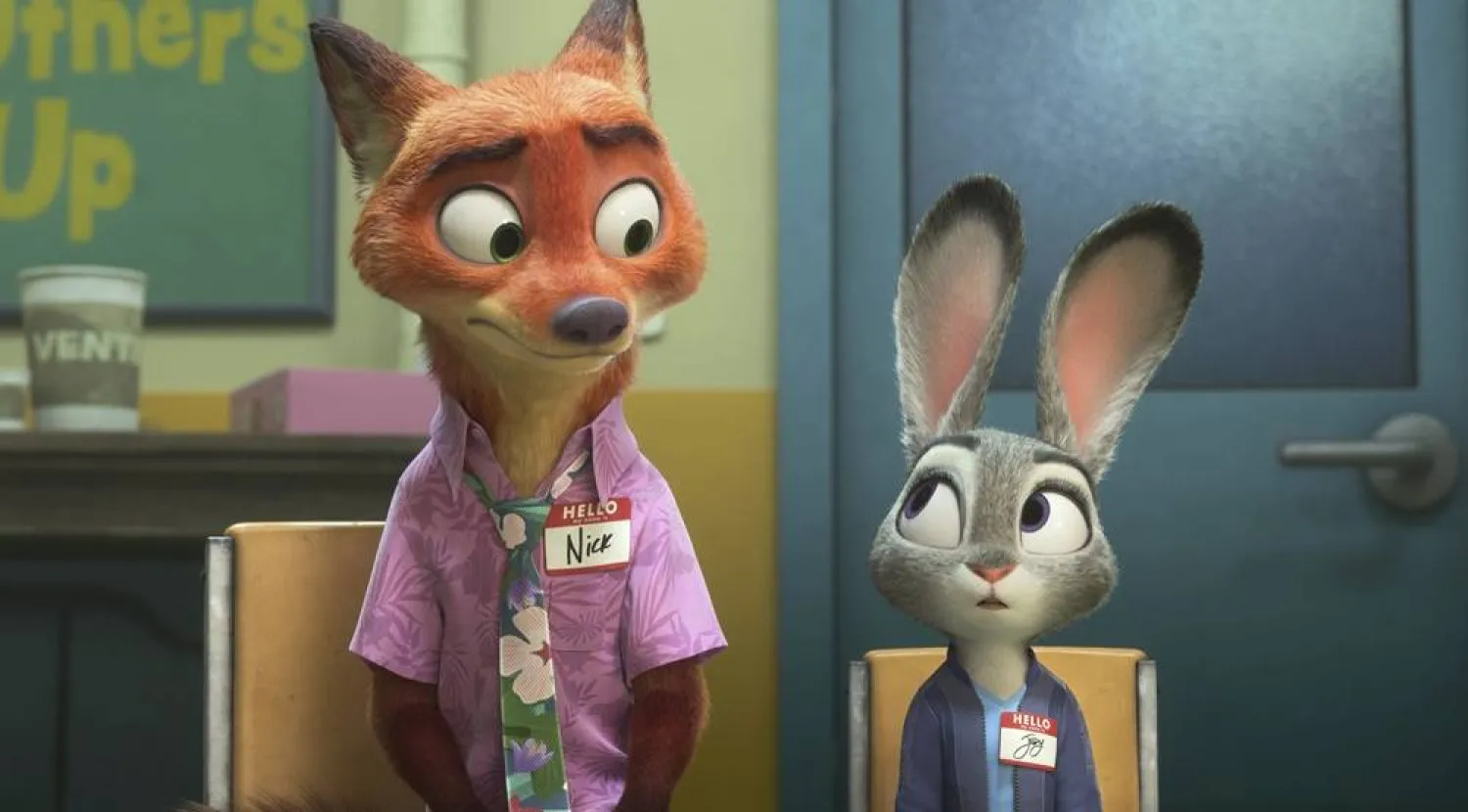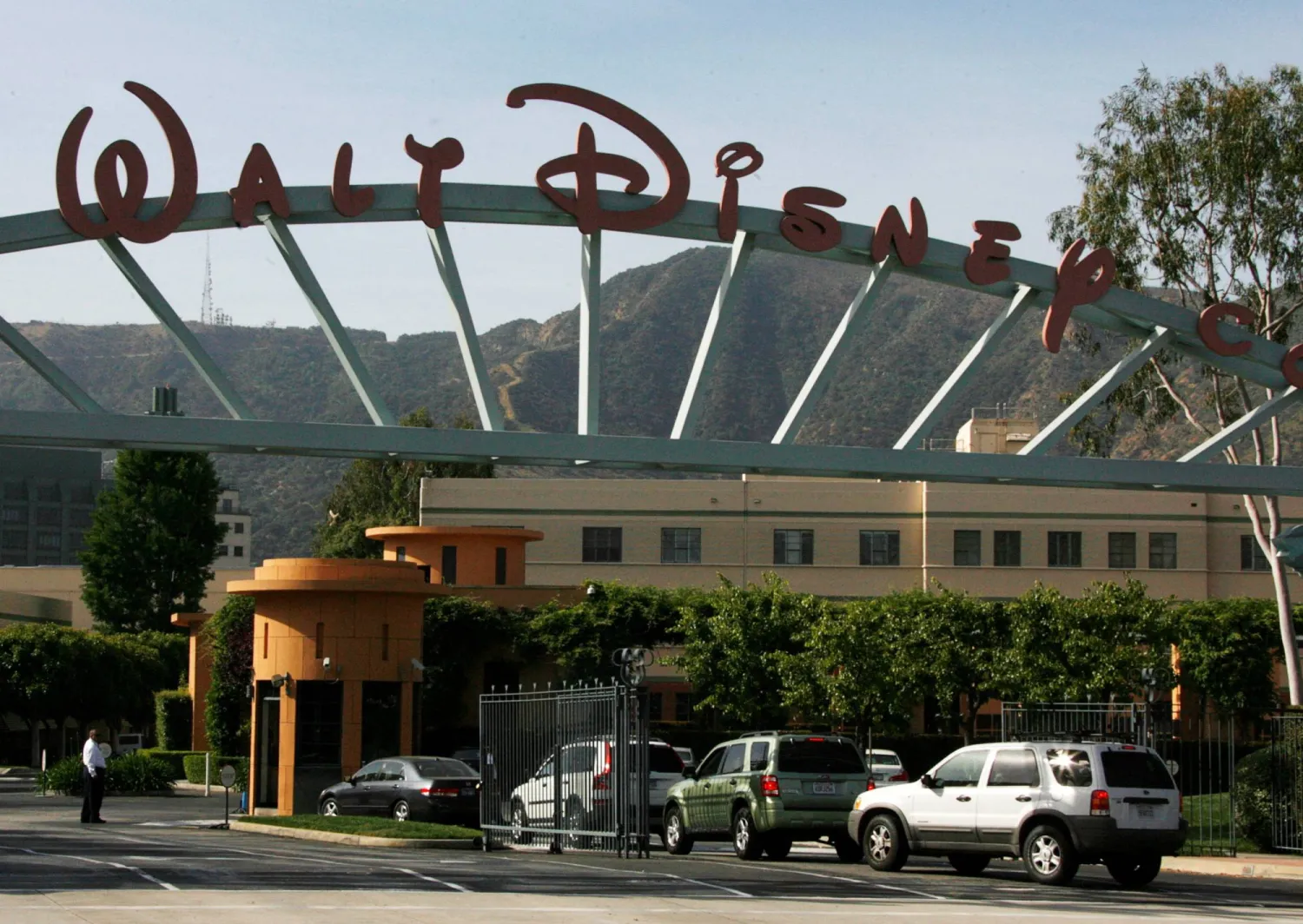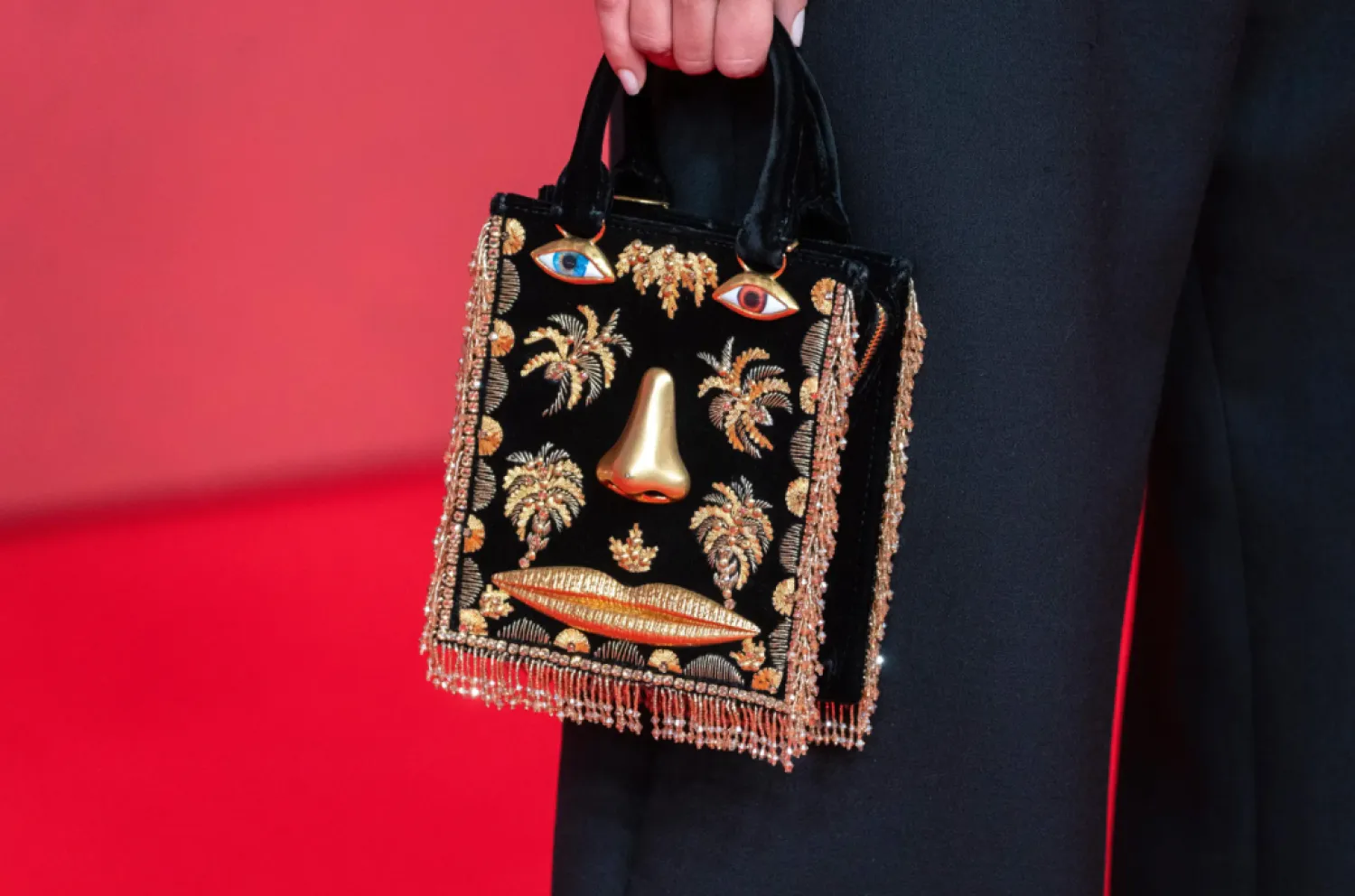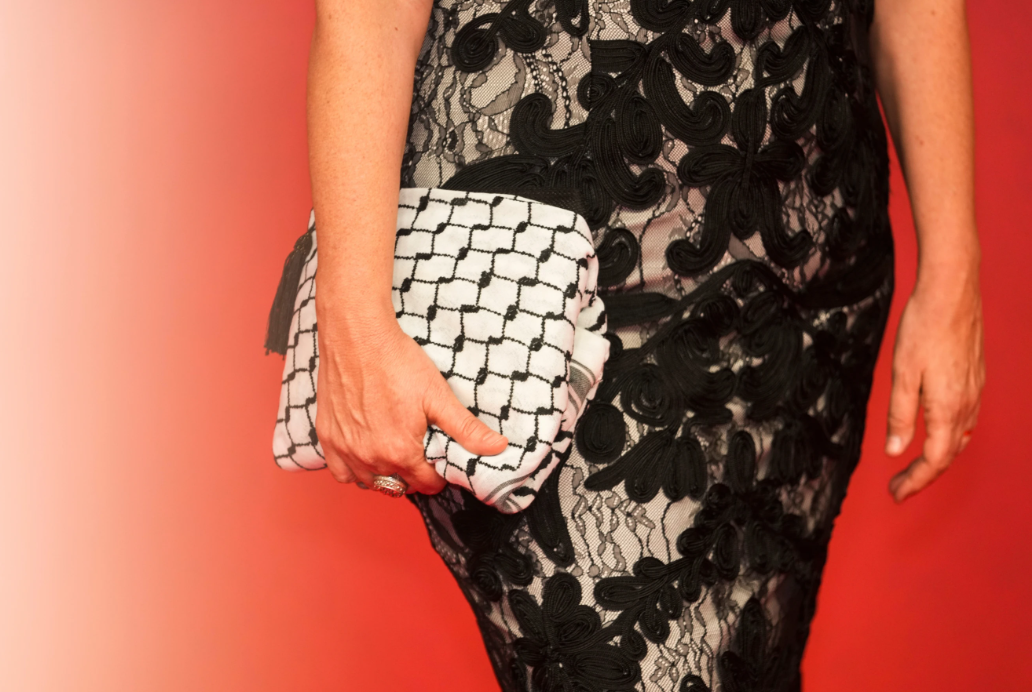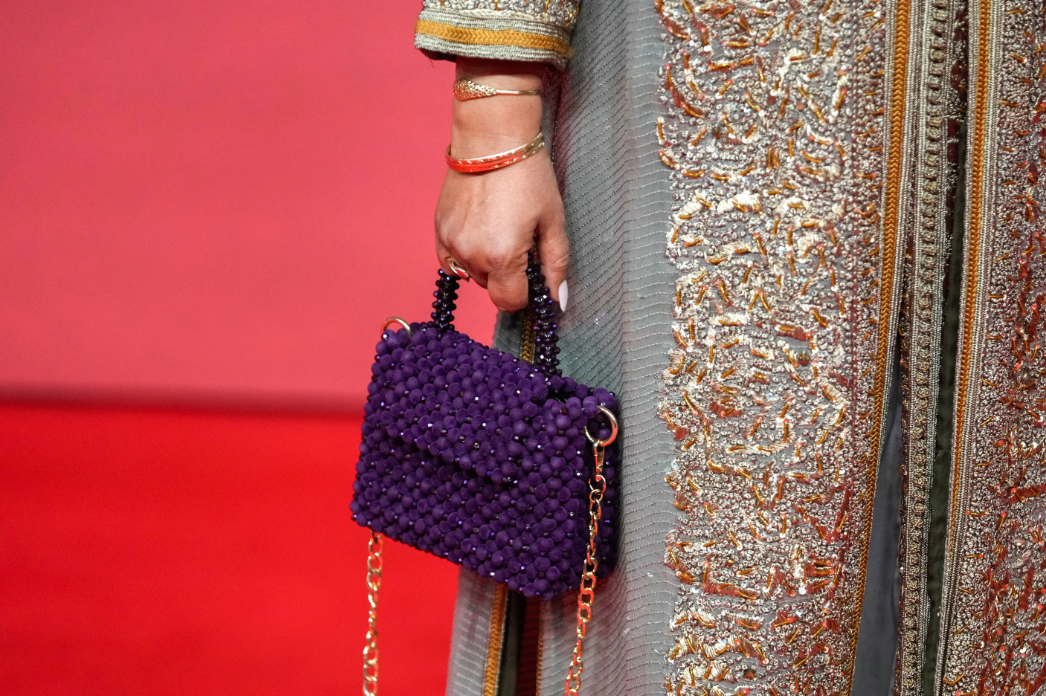Walt Disney is investing $1 billion in OpenAI and will let the startup use characters from Star Wars, Pixar and Marvel franchises in its Sora AI video generator, a crucial deal that could reshape how Hollywood makes content.
The three-year partnership announced on Thursday is a pivotal step in Hollywood's embrace of generative artificial intelligence, side-stepping the industry's concerns over the impact of AI on creative jobs and intellectual property rights.
As part of the licensing deal, Sora and ChatGPT Images will start generating videos using licensed Disney characters such as Mickey Mouse, Cinderella and Mufasa, from early next year. The agreement excludes any talent likenesses or voices.
"Through this collaboration with OpenAI we will thoughtfully and responsibly extend the reach of our storytelling through generative AI, while respecting and protecting creators and their works," Disney CEO Bob Iger said.
OpenAI has been engaging with Disney and others in Hollywood for the past year in its search for partners, a person with knowledge of the discussions said.
The move marks a major shift in Disney's approach to AI - the company had decided to keep out its characters from the Sora app when OpenAI was in talks with companies regarding the tool's copyright policy.
Disney and Comcast's Universal had in June filed a copyright lawsuit against AI photo generation firm Midjourney for its use of the studios' best-known characters.
As part of the agreement with OpenAI, a selection of the videos by users will be made available for streaming on Disney+, allowing the streaming platform to capitalize on the growing appeal for short-form video content.
The media conglomerate will also receive warrants to purchase additional equity in the ChatGPT maker.
The companies will use OpenAI's models to build new products and customer experiences, including for Disney+ subscribers, while Disney will deploy ChatGPT for its employees, Reuters reported.
The partnership comes months after Hollywood's premier talent agency sharply criticized the same technology Disney is now embracing.
Creative Artists Agency, which represents thousands of actors, directors and music artists, said in October OpenAI was exposing artists to "significant risk" through Sora, questioning whether the AI company believed creative professionals "deserve to be compensated and credited for the work they create".






